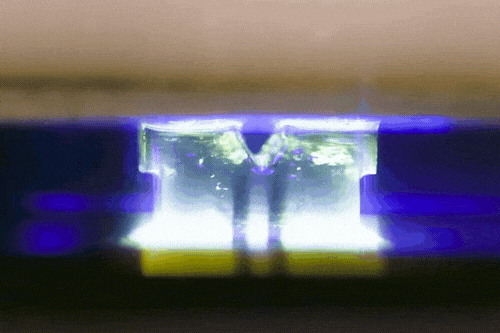
Cloudy with a chance of machine learning | Race, day two
The top four teams are in a tight battle with each other, and the elements

The top four teams are in a tight battle with each other, and the elements

Under the shade of a passing morning cloud, Novum rolls back onto the Stuart Highway. As kilometers tick away, the wiry trees that have lined the road since Darwin give way to shrubs, exposing the vast, prickly horizon.
Throughout the morning, intermittent cloudiness increases, and so does the excitement.
Starting the day in fifth, Michigan passed familiar rival, Twente. Then, Western Sydney University. Novum pulled into the first control stop in third, roughly 22 seconds ahead of Twente and 22 minutes behind the leader.

Despite the sky’s increasing number of fluffy solar filters, the temperature was nearly one-hundred degrees Fahrenheit (~40 Celsius) at the checkpoint. This combination of heat and weather has the team strategists glued to the data. Understanding these two variables is crucial for maximizing efficiency – balancing battery and speed.
Before the 2015 race, the team negotiated a sponsorship with IBM to help with weather prediction. From that, the team had access to IBM’s impressive quantity of weather data. In addition, an IBM partner helped the team develop a machine learning model, with the goal of forecasting better than conventional systems – like the European weather model and the Global Forecast System (GFS). A major benefit was that the IBM model provided different percentiles of the forecast, from the tenth to the ninetieth quantile.

“We decided that we really wanted different weather quantiles from the same initialization – that tell different stories,” says Alan Li, the team’s head strategist. “For the entire summer, I was setting up code to run the models we need and the processing required to get the data in shape for the simulator I use.”
There are far more clouds over the race route this year, and they are expected to stick around for the next couple days. “What’s important is that we predict the entire day’s average radiation,” says Li. “It doesn’t matter if we get the energy earlier or later in the day. It’s important to take every day of the race into consideration. It could be sunny today and we drive really fast, but if it’s cloudy tomorrow, we wouldn’t have enough energy.”
The efficiency of the array decreases with an increase in temperature. At control stops, Eric Brown, the team’s race array engineer looks at the array with an infrared camera to check the accuracy of the team’s energy models and to see if any cells are damaged. Overall, the temperature of the array is helpful for characterizing Novum’s efficiency and helping the team understand their power numbers.

“Today it was shy of 40 degrees Celsius outside,” says Brown. “The array gets hotter than that. In fact, a hotter array is better for us because the temperature coefficient for our multijunction gallium arsenide cells is lower than the temperature coefficient for silicon cells – like the kind that Twente or Tokai have. On hot days, their efficiency and power output will drop off quicker than ours. The colder it gets, we may see a point where we don’t have that advantage over them.”
At the end of the first control stop of the day, Twente was able to inch out ahead of Michigan due to a prolonged procedure. The clouds continued as Novum raced through the arid expanse – passing smoky silhouettes of distant dust devils. Michigan finished the day in a very close fourth place – within one-hundred yards of its competitor.
Both teams’ arrays pointed toward the cloud-covered sunset.

